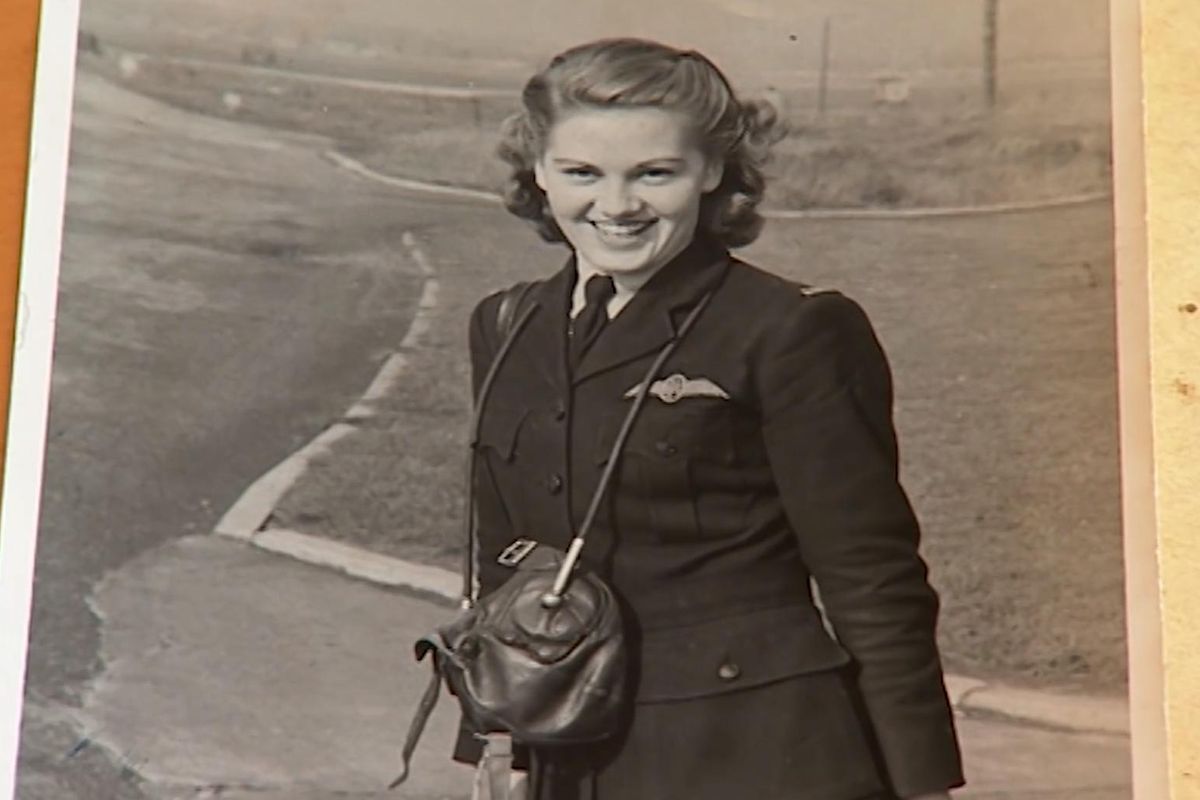A coconut saved President John F. Kennedy's life during WWII, and the story is wild
JFK and 10 fellow Navy crew members were stranded on a deserted island in the South Pacific.
During World War II, President John F. Kennedy served in the Navy when his boat sank in the South Pacific.
John F. Kennedy was sworn in as the 35th President of the United States on January 20, 1961. But before that, he served in the United States Navy during World War II—and almost didn't survive.
Kennedy joined the Navy in 1941. After years of training and never seeing active combat, he actively sought out the opportunity to do so—and in April 1943, he was transferred to a torpedo boat base at Tulagi Island in the Solomon Islands in the South Pacific.
He commanded a patrol torpedo boat called PT 109. On August 1, he was sent out on an overnight patrol to intercept Japanese warships when it collided with a Japanese defender. PT 109 was split in two and eventually sunk, killing two crew members. Miraculously, Kennedy and 10 of his crewman survived—in part due to the future president's heroics.
Kennedy, who injured his back, and his crewman were left to swim ashore to a small deserted island called Plum Pudding. A strong swimmer, Kennedy pulled one of the injured crewman to shore using his teeth that were gripping the strap of a lifejacket worn by the injured crewman for over three miles. The crew were in the water for 15 hours before making landfall.
However, once they arrived on land, they had no food or water. They subsisted on foraged coconuts and rainwater. Four days passed and all hope was lost after multiple attempts at seeking help, until Kennedy and his men were discovered by two indigenous men paddling in a canoe. Serendipitously, the men were working for the Allies. Their names were Biuku Gasa and Eroni Kumana.
To communicate that Kennedy and 10 crew members were still alive, he carved an inscription in the husk of a coconut for Gasa and Kumana to pass along to Allied forces. [Gasa and Kumana heroically risked their lives to do so as well.]
Kennedy inscribed the coconut with the message: "NAURO ISL…COMMANDER…NATIVE KNOWS POS'IT…HE CAN PILOT…11 ALIVE…NEED SMALL BOAT…KENNEDY."

It worked. The message was delivered to a New Zealand camp run by Lt. A. Reginald Evans, who summoned Kennedy first to come to the post with the team of natives. And on August 8, Kennedy's crew was rescued—a strategic feat that was done in enemy waters.
The aftermath was major for Kennedy. He was awarded both the Navy and Marine Corps Medal, as well as the Purple Heart Medal for his valiant efforts to save the crew of PT 109. In an interview, Kennedy later shared that he became a hero because: "It was involuntary. They sank my boat."
- YouTube www.youtube.com
Although they never met again in person, Kennedy maintained a relationship with both Gasa and Kumana, exchanging letters with them throughout his presidency. The deserted island he and his crew landed on was later renamed Kennedy Island.
To commemorate the story, Kennedy's father, Joseph P. Kennedy, had the coconut husk preserved in plastic. Kennedy kept the coconut husk on his desk in the Oval Office. Today, the coconut is on display at the John F Kennedy Presidential Library and Museum.











